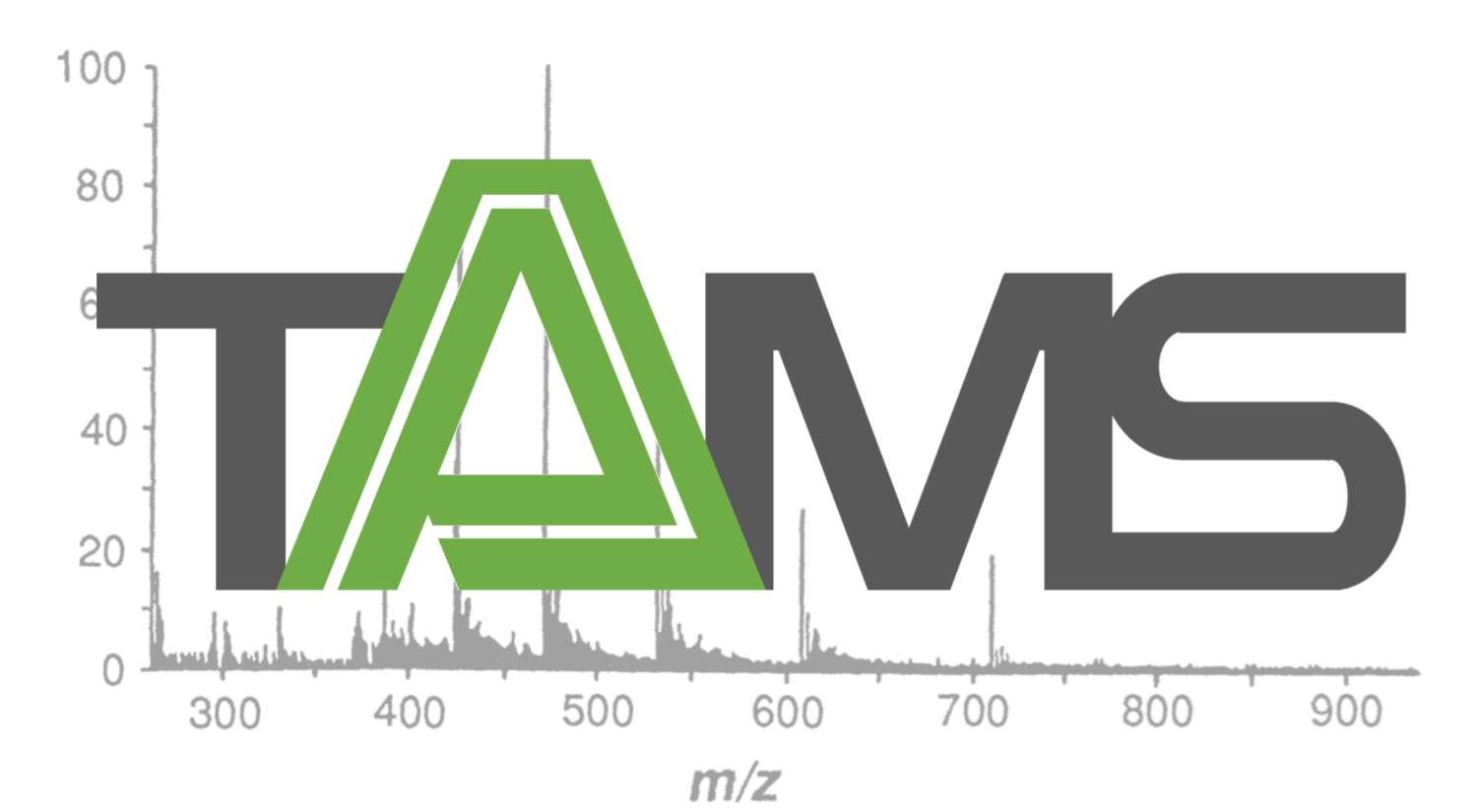Plenary Lecture:
“Native Ion Mobility-Mass Spectrometry for Studies of Membrane Protein Complexes”
Professor David Russell, Texas A&M University, Department of Chemistry
Native ion mobility-mass spectrometry (IM-MS) is increasingly recognized as an important characterization technique for structural biology, but the performance metrics, viz. mobility and mass resolution, of commercially-available IM-MS instruments fall short of that needed for studies of intact macromolecule complexes. The major aims of our NIH P41 “Resource in Native-MS Guided Structural Biology” are to build and validate an integrated workflow for structural characterization of protein:protein, membrane protein:lipid, and protein: RNA complexes that are critical for an array of cellular and organismal processes. A major part of this effort is directed toward developing IMMS instruments with increased resolving power in both mobility and mass domains. This presentation will describe the approaches we have taken to achieve these aims as well as applications of these next-generation instruments for studies of model protein complexes as well as membrane protein complexes.
Student Lecture:
“Carbohydrate Differentiation: Challenges, Solutions and Mechanistic Insights“
Paul Soma, Laboratory of Professor Gary Glish, University of North Carolina at Chapel Hill, Department of Chemistry
Water adduction to the lithium cationized molecule is a gas-phase ion/molecule reaction that has distinguished stereoisomeric D-aldohexoses, D-pentoses, hexosamines, N-acetylhexosamines and monodeoxy glucoses. Water adduction also revealed glycosidic linkage position and anomeric configuration of glucose-glucose disaccharides, and applicability to oligo- and polysaccharides has proven plausible by studies with trisaccharides. Isomers are distinguished in an ion trap mass spectrometer based on unique reaction rates and unreactive fractions, the portion of [M+Li]+ that does not adduct a water relative to the total population of [M+Li]+ and [M+Li+H2O]+. The unreactive fraction can be explained by the types of multidentate lithium-oxygen coordinations formed during electrospray ionization.
The presence of both reactive and unreactive [M+Li]+ structures implies different sites of lithium coordination. Reactivity of a given [M+Li]+ structure is dependent on the number of oxygen atoms lithium coordinates. In experiments guided by density functional theory calculations, alcohols with only 2 or 3 oxygen atoms were used to determine that bidentate lithium-oxygen coordinations are reactive, whereas tri- or tetradentate coordinations are not. Results from identical experiments using hexoses were consistent with this definition of reactive and unreactive lithium-oxygen coordinations.
Hexose anomeric and stereochemical configuration determine oxygen atom orientation, therefore dictating the multidentate lithium-oxygen coordinations formed. Epimeric and monodeoxy hexoses were used to probe the influence of oxygen atom orientation on water adduction unreactive fraction. Axial epimers of glucose formed a greater number of tri- and tetradentate coordinations, resulting in higher unreactive fractions. Subtraction of possible lithium coordination sites by deoxygenation of glucose affects the unreactive fraction in a predictable manner: unreactive fractions decrease in the absence of an oxygen atom that contributes to tri- or tetradentate structures.
To further validate our definition of reactive and unreactive lithium-oxygen coordinations, hexose gas-phase lithium affinities were probed using the well-established Kinetic Method. Hexose anomeric and stereochemical configuration (e.g. different multidentate lithium-oxygen coordinations) also dictate gas-phase lithium affinity. The order of lithium affinities of epimeric and monodeoxy hexoses, relative to 13C6 Glucose, was determined by collisional dissociation of lithium-bound heterodimers. Hexoses that form a greater number of tri- or tetradentate coordinations have a greater lithium affinity than those that form more bidentate coordinations. A correlation is found between hexose lithium affinities and hexose water adduction unreactive fractions, supporting the hypothesis that multidentate lithium-oxygen coordinations dictate water adduction unreactive fractions.
